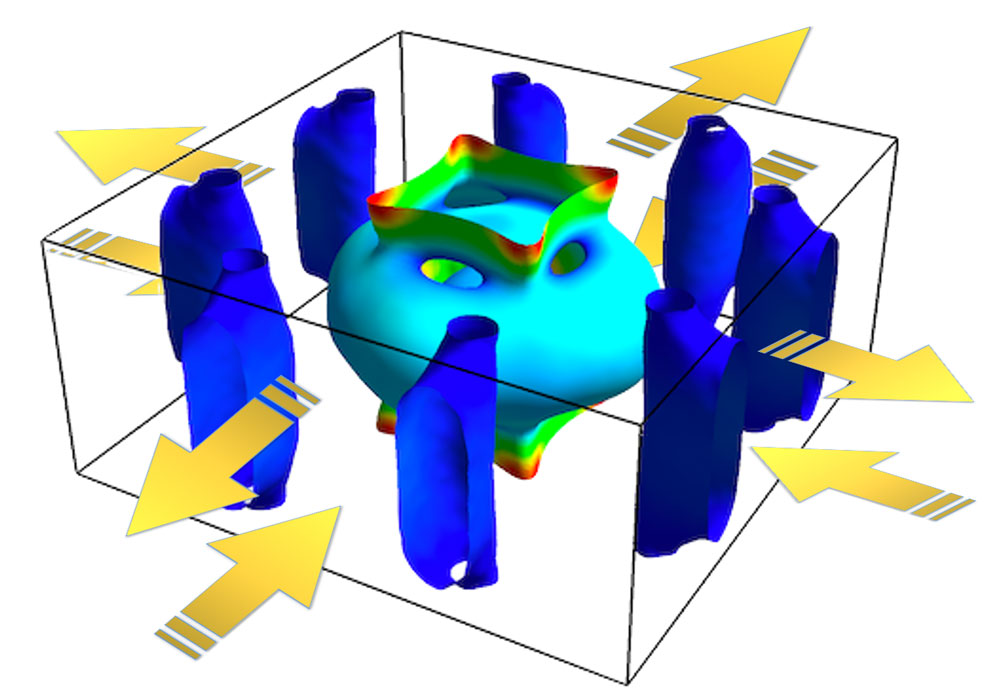PC-3-1-INV
Superconductivity with strong spin-orbit coupling: application to CeRh2As2
15:00-15:30 28/11/2023
*Daniel F. Agterberg
Department of Physics, University of Wisconsin - Milwaukee
Two key symmetries underlie the formation of superconductivity: parity and time reversal. Breaking time reversal symmetry through the application of magnetic fields is known to be harmful to superconductors. The role of breaking parity symmetry, through the development of spin textures generated by spin-orbit coupling, has more recently been understood. This is known to give rise to unusual superconducting properties, including spin-singlet spin-triplet mixing, high critical fields, residual spin susceptibilities, and symmetry required pair density wave states. When parity symmetry is restored, hidden spin textures can still enable these usual superconducting properties, provided the spin-orbit coupling is sufficiently strong [2]. Furthermore, new physics emerges in this limit: a field induced, possibility topological, odd-parity superconducting state originating from conventional pairing interactions has been predicted. This state has likely been discovered in CeRh2As2 [3]. Here, after summarizing early results on the interplay of spin textures and superconductivity, I present results on CeRh2As2, emphasizing the connection between non-symmorphic symmetries and strong spin-orbit coupling [4]. Finally, general properties of the relationship between hidden spin-textures, non-symmorphic symmetries, and superconductivity will be discussed [4].
[1] M Smidman, M B Salamon, H Q Yuan, and D F Agterberg, Rep. Prog. Phys. 80, 036501 (2017)
[2] M. H. Fischer, M. Sigrist, D.F. Agterberg, and Y. Yanase, Annual Review of Condensed Matter Physics 14, 153-172 (2023).
[3] S. Khim, J. F. Landaeta, J. Banda, N. Bannor, M. Brando, P. M. R. Brydon, D. Hafner, R. Küchler, R. Cardoso-Gil, U. Stockert, A. P. Mackenzie, D. F. Agterberg, C. Geibel, and E. Hassinger, Science 373, 1012 (2021).
[4] H. Suh, Y. Yue, T. Shishidou, M. Weinert, P.M.R. Brydon, and D.F. Agterberg, arXiv:2301.11458 (2023).
This work is supported by the US Department of Energy, Office of Basic Energy Sciences, Division of Materials Sciences and Engineering under Award DE-SC0021971 and by a UWM Discovery and Innovation Grant.
